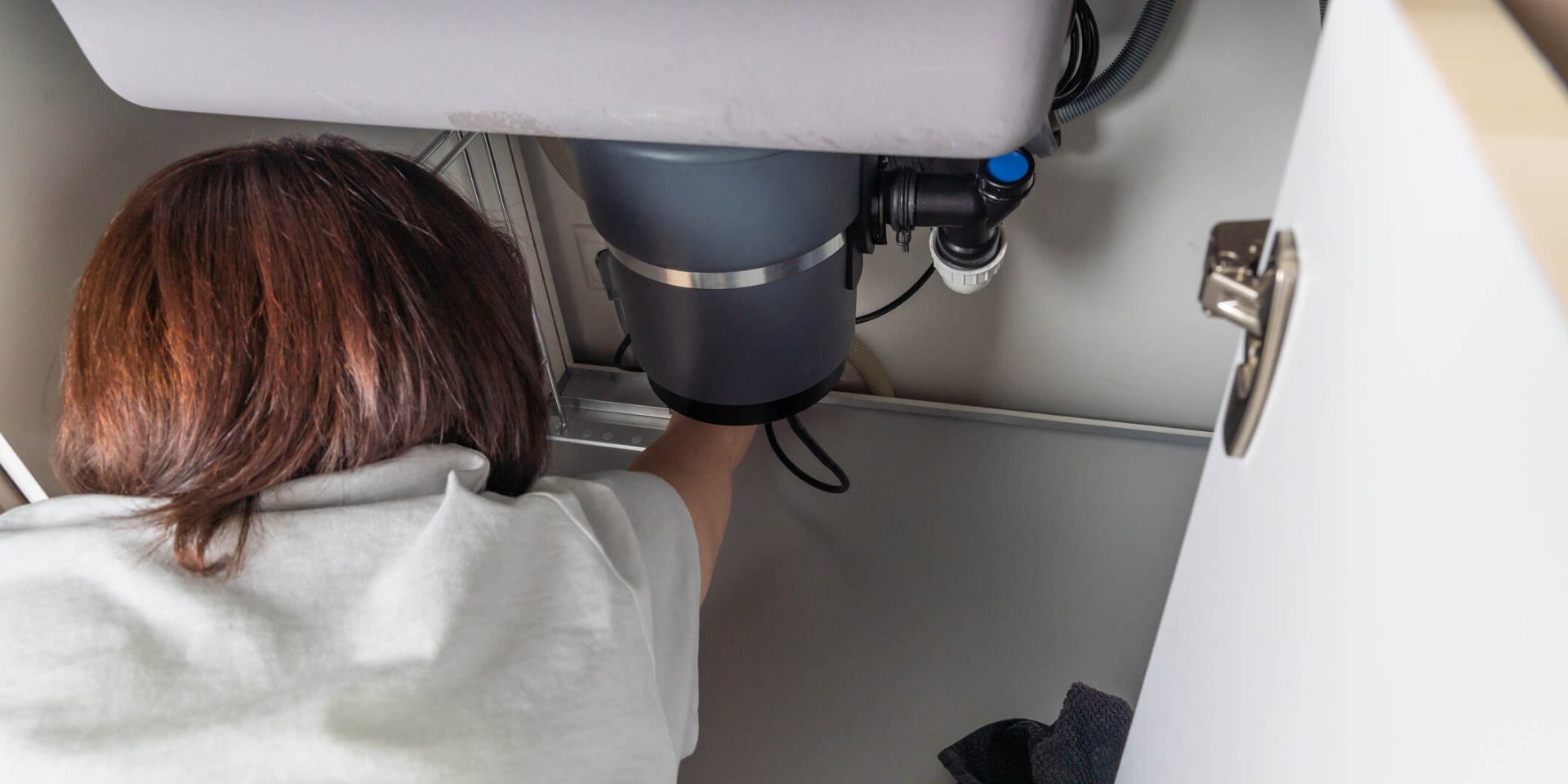Leading Methods for Resolving a Leak in Your Garbage Disposal
Leading Methods for Resolving a Leak in Your Garbage Disposal
Blog Article
In this article down the page you'll find more quality details around Garbage Disposal Leaking From Bottom.

Waste disposal unit are essential kitchen devices that assist in getting rid of food waste successfully. Nevertheless, a leaking garbage disposal can be an irritating and messy issue to take care of. Luckily, several leaks can be repaired easily with a couple of basic actions. In this short article, we will certainly talk about how to take care of a leaking waste disposal unit successfully.
Introduction
Waste disposal unit are set up under cooking area sinks and are made to shred food waste right into smaller sized items, permitting it to pass through the plumbing system quickly. While these tools are typically trusted, leaks can occur with time because of deterioration, loose links, or damages to the system.
Step-by-Step Guide to Fixing a Leaking Waste Disposal Unit
Shut off the Power
Prior to trying any repair services, make certain that the power to the garbage disposal system is shut off to avoid the threat of electrical shock.
Find the Leakage
Determine the precise area of the leak and establish the reason
Tighten Links
Use a wrench to tighten up any type of loose links in between the disposal device and the plumbing system.
Replace Seals or Gaskets
If the leakage is because of used seals or gaskets, remove the old parts and replace them with new ones.
Patching Splits or Holes
For splits or openings in the disposal unit, use epoxy or a suitable patching product to secure the broken area.
Determining the Source of the Leakage
Before trying to fix a dripping garbage disposal, it is necessary to recognize the source of the leakage. This can commonly be done with aesthetic examination or by conducting simple examinations.
Visual Inspection
Examine the waste disposal unit system carefully for any type of indicators of water leakage. Pay close attention to areas around seals, gaskets, and link factors.
Testing for Leakages
One method to test for leakages is by running water through the disposal device and looking for any kind of noticeable signs of leakage.
Usual Root Causes Of Leaks in Garbage Disposals
Worn Seals and Gaskets
Seals and gaskets play a vital role in preventing water from leaking out of the garbage disposal. In time, these parts can degrade, resulting in leakages around the disposal unit.
Loose Links
The links in between the waste disposal unit and the pipes system can become loosened in time, creating water to leakage out during operation.
Fractures or Holes in the Disposal Unit
Physical damages to the waste disposal unit, such as cracks or holes in the housing, can also result in leaks.
Tools and Materials Needed for Repairing a Dripping Waste Disposal Unit
Prior to beginning the repair work process, gather the required devices and materials, consisting of a screwdriver, flexible wrench, plumbing's putty, replacement seals or gaskets, and epoxy or patching product for fixing cracks or holes.
Evaluating the Garbage Disposal After Repair
As soon as the repair service is full, check the garbage disposal by running water with it to make sure that the leakage has been dealt with.
Preventive Upkeep Tips to Stay Clear Of Future Leaks
To stop future leakages, it is necessary to perform regular upkeep on your garbage disposal. This includes maintaining it clean, staying clear of putting non-food products or hard items down the disposal, and periodically checking for leakages or other concerns.
Conclusion
Finally, repairing a dripping garbage disposal is a relatively uncomplicated procedure that can be completed with fundamental devices and products. By following the steps laid out in this article and practicing precautionary maintenance, you can keep your garbage disposal in good working problem and stay clear of pricey repairs in the future.
HERE’S HOW TO FIX YOUR GARBAGE DISPOSAL
WHAT TO DO IF SOMETHING IS STUCK IN YOUR GARBAGE DISPOSAL
If the impeller won’t turn, there’s probably something stuck in the disposal. It could be a steak bone or peach pit, although plumbers report pulling all sorts of inappropriate objects out of disposals, such as bottle caps or aluminum foil. Make sure power to the disposal is off, and look inside to see if you can see the source of the jam.
Never stick your fingers in a disposal. Pull out anything you see with tongs or pliers.
If the disposal still won’t work, it may be time to call a plumber or consider buying a new disposal. GEM Plumbing & Heating is here for all of your garbage disposal needs.
WHAT TO DO IF YOUR GARBAGE DISPOSAL DRAIN IS CLOGGED
Take everything out from underneath your sink and put a bucket or other container under your disposal to catch any water that drains out. Disconnect your disposal from the power supply. If it’s plugged into a wall outlet, unplug it. If it’s hardwired into an electrical box, go to the electrical panel and turn off the breaker for the disposal. Pour ¼ cup of baking soda into the drain, followed by ½ cup of white vinegar. Give the solution a few minutes to fizz and do its work. Look into the disposal with a flashlight to see if you can see an object that might be causing the clog. If you see it, remove it using tongs or pliers. MORE TIPS ON DEALING WITH A CLOGGED GARBAGE DISPOSAL
Never use drain cleaner in a garbage disposal. It can damage the plastic parts inside the disposal. You can also be splashed with the caustic liquid while working to clear the clog. Beware! Never stick your fingers into a garbage disposal. Trust us — not a good idea. In many instances, your dishwasher drains through your garbage disposal. This allows the disposal to grind any large food particles that may be drained out of your dishwasher. There are some jurisdictions, however, where the plumbing code prohibits such a connection. WHAT TO DO WHEN YOUR DISHWASHER DRAINS THROUGH THE DISPOSAL
Run some water in the sink so your plunger has at least a ½-inch of water to create a seal and plunge vigorously up and down several times. You may need to repeat this several times. Run hot water down the drain to clear any residue that remains.

We hope you enjoyed our article about Why Is . Many thanks for finding the time to read through our content. Sharing is good. Who knows, you may just be helping someone out. I am grateful for your time. Visit us again soon.
Go Company Report this page